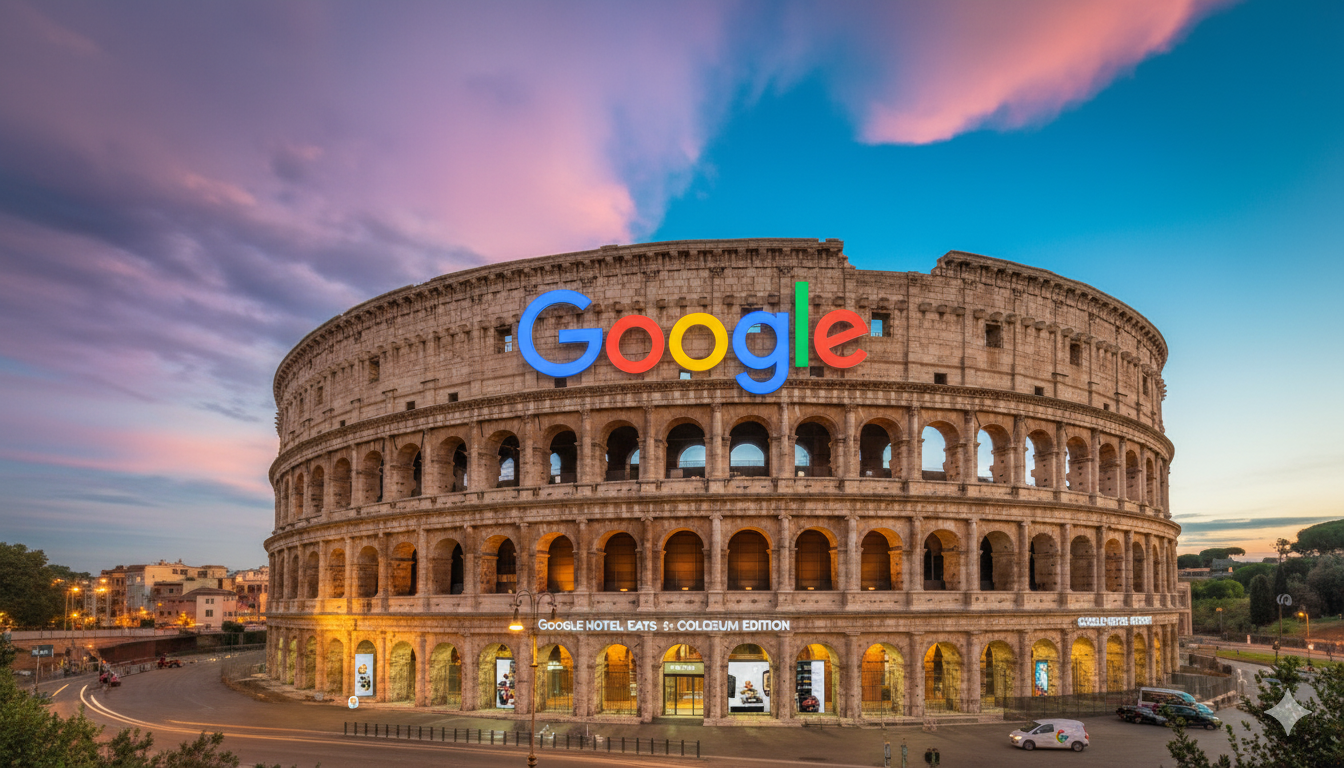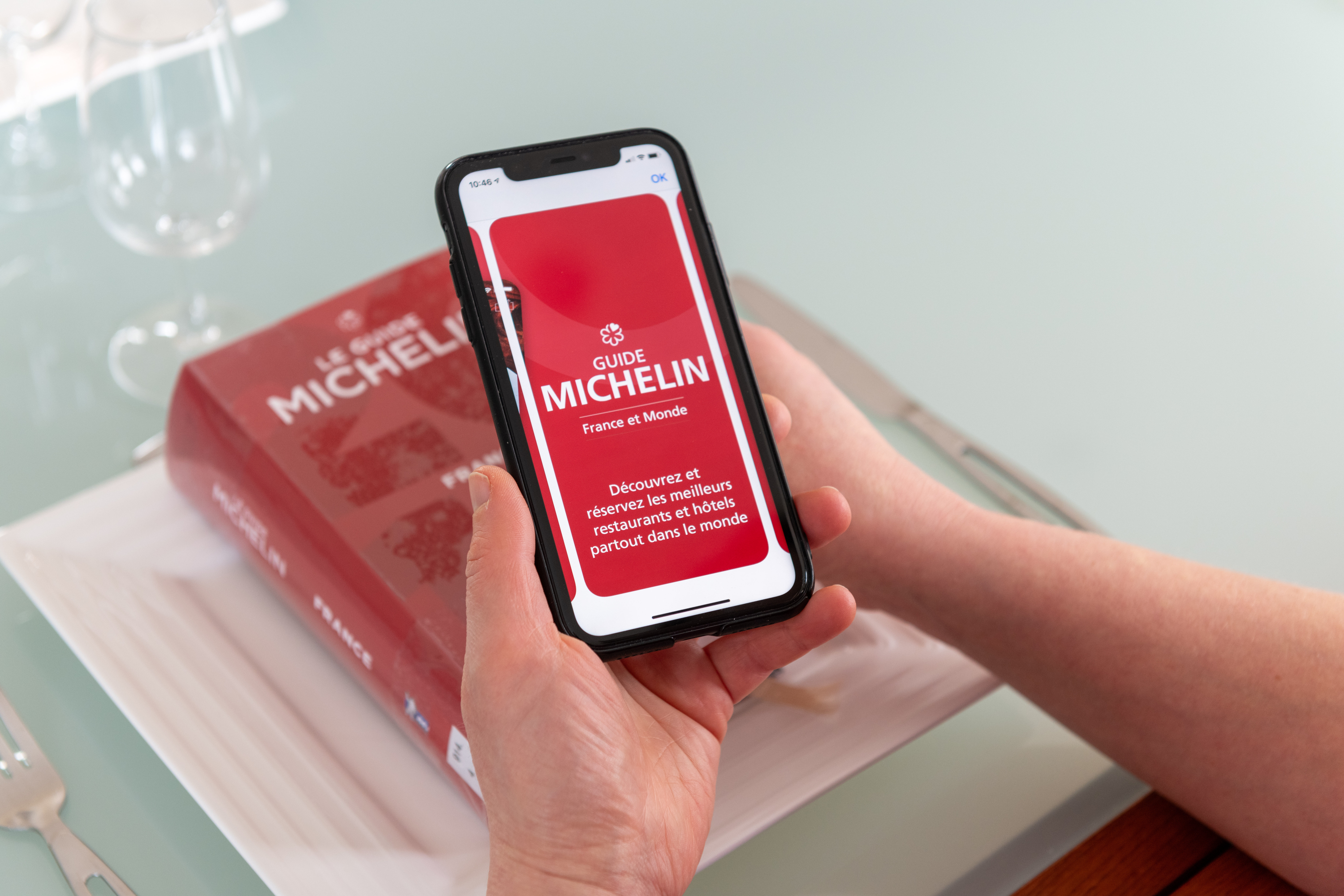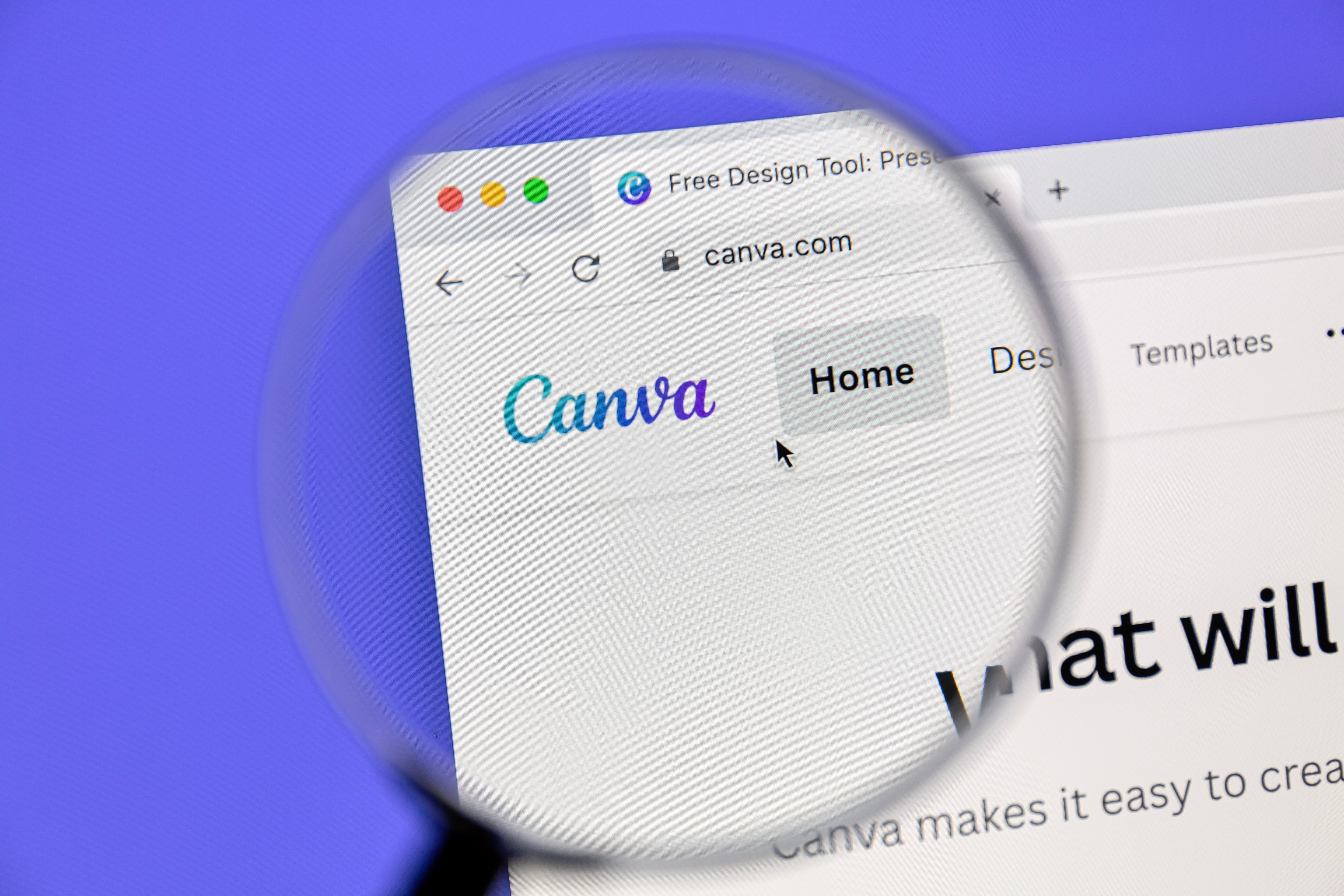Be the Signal: AI + Travel Marketing in 2026
As we stand on the threshold of 2026, one truth has become undeniable: AI isn’t new, it is normal. What may sound like a subtle distinction represents a seismic shift in how marketing operates. When technology transitions from novelty to infrastructure, it stops being the story and starts shaping every story around it.
We’ve witnessed this transformation before. 70,000 years ago, the cognitive revolution gave us language and storytelling. 10,000 years ago, the agricultural revolution built communities around shared routines. 500 years ago, the scientific revolution provided tools like the telescope and clock to make sense of our world. 250 years ago, the industrial revolution scaled our efforts with machines.
In November 2022, ChatGPT was released to the world. What began as an experiment has evolved into infrastructure that now processes 2.5 billion prompts daily from over 800 million weekly users, representing roughly 10% of the global adult population.
From Homeostasis to Allostasis: Why There’s No Going Back
Traditional change follows a pattern of homeostasis shake a glass of water, and eventually it settles back to its original state. But AI-driven transformation operates differently. This is allostasis: adaptation to a fundamentally changed environment where returning to the previous state is impossible.
The marketing landscape isn’t returning to “normal” because there is no normal to return to. Organizations implementing AI across marketing functions report 15-25% increases in revenue within 18 months. By 2026, the AI marketing market is projected to reach $47 billion, with 88% of marketers using AI daily. The only viable path forward is adaptation.

The Collapse of the Search Colosseum
For two decades, Google dominated as the colosseum where all search battles were fought. If you wanted attention, you mastered the SEO game. That era is ending.
Google’s share of general information searches has dropped from 73% to 66.9% in just six months of 2025. Meanwhile, consumers now distribute their searches across ChatGPT, Gemini, Perplexity, and TikTok. Daily AI usage has more than doubled from 14% to 29.2%, while ChatGPT’s share of general search queries has tripled from 4.1% to 12.5%.
Modern consumers likely never wanted listicles or blue links, they want one clear, tailored answer to their specific question.
Enter Answer Engine Optimization (AEO)
This shift demands a new approach: Answer Engine Optimization (AEO). Unlike traditional SEO, which focuses on rankings and driving clicks, AEO concentrates on being the direct, cited answer in AI-powered results.
The fundamental difference is strategic: while SEO optimizes for the “best page,” AI search prioritizes the “best answer”. Content must now be structured for AI retrieval—clear, jargon-free, and organized in formats that both humans and machines can easily parse.
The new content paradigm: Blogs are for AI consumption, videos are for human engagement. AI systems read and synthesize text efficiently, while people connect emotionally through visual storytelling. Organizations focusing on only one format are missing half the opportunity.
Trust Beats Reach in the Age of Infinite Content
Here’s the critical shift marketers must understand: in a world where AI can generate 10,000 posts in five minutes, volume is no longer a differentiator—trust is.
Consumers no longer ask “who has the most content?” They ask “who do I believe?” The data supports this fundamental change in behavior:
Trust and engagement metrics showing the superior performance of human-centered marketing approaches over traditional brand advertising
The Trust Economy Statistics
The numbers reveal the power of human-centered marketing approaches:
- 92% of B2B buyers trust employee recommendations over traditional advertising
- 87% of consumers trust family and friends as their primary influence for purchasing decisions
- Only 36% trust traditional brand advertisements, compared to 75% who trust native ads on editorial sites
- Personal recommendations influence 77% of people to make purchases
Trust is built through human signals: authentic stories, transparent sourcing, and genuine voices. Break that trust with fake scarcity, cookie-cutter AI posts, or misaligned content, and consumers won’t return. While reach can be purchased, trust must be earned and in 2026, it’s the more valuable currency.
Stop Cross-Posting: The Platform Native Imperative
One of marketing’s most persistent mistakes in 2026 is cross-posting pushing the same content to Instagram, Facebook, LinkedIn, and TikTok simultaneously. While efficient, this approach renders content virtually invisible.
Every platform rewards native content. TikTok algorithms favor TikToks, LinkedIn promotes thought leadership, YouTube prioritizes depth and engagement. Cross-posting is like wearing the wrong outfit to a wedding people might tolerate it, but they won’t engage.
The Performance Gap
Native content consistently outperforms cross-posted material:
- Native ads achieve 53% more views than traditional display formats
- Platform-native content generates 0.38% mobile CTR compared to 0.11% for generic banner ads
- Cross-posted content faces reduced engagement due to algorithm penalties for non-native formats
The solution isn’t creating separate content for each platform—it’s taking one comprehensive idea and adapting it into platform-native pieces. Think of it as baking one loaf of bread, then transforming it into forty different dishes, each optimized for its specific audience and context.
Communities Over Audiences: Building Sustainable Engagement
The distinction between audiences and communities represents one of marketing’s most crucial strategic decisions for 2026.
Audiences are transient—they scroll past and leave. Communities are sticky—they stay, engage, and develop lasting relationships with brands. This isn’t semantic preference; it’s strategic necessity driven by measurable performance differences.
The Community Advantage
Research demonstrates community marketing’s superior performance metrics:
- One engaged community member equals 234 social media followers in terms of total engagement actions
- Community members demonstrate 6.2x higher likelihood to share brand content compared to non-community followers
- Community-driven content receives 4.5x higher comment rates than traditional marketing content
- Community members convert at rates 2.7x higher than non-community website visitors
Text groups, email newsletters, Discord servers, and private Facebook groups represent owned media that platforms cannot algorithm away. When you have a community, product launches aren’t met with indifference—they’re anticipated.
People, Not Logos: The Employee Advocacy Revolution
This reality transforms how organizations approach brand amplification, making employees the most powerful marketing asset.
The Employee Advocacy Statistics
The data reveals employee advocacy’s exceptional performance:
- Employee-shared content generates 8x more engagement than posts from company profiles
- 73% of organizations report employee advocacy doubles their brand’s social media engagement
- 96% of employees believe posting on social media positively influences their careers
- 78% of organizations see more than 50% of employees regularly posting about brand initiatives
The most effective approach isn’t policing employee voices but empowering them with content, training, and encouragement. When employees share authentic insights and stories, brands travel further and feel more genuine than any corporate campaign can achieve.
The New Success Scorecard for 2026
Traditional metrics like clicks and impressions have become vanity measures, particularly in an AI-summary world where consumers receive answers without visiting websites. The metrics that matter in 2026 are:
Meaningful Performance Indicators
Engagement Depth: Saves, comments, and shares indicate genuine interest rather than passive consumption
Trust Signals: Reviews, testimonials, and peer recommendations carry more weight than advertising reach
Community Growth: Active contributors and engaged members, not just follower counts
Brand Recall in AI Responses: Citations and mentions in AI-generated answers, demonstrating true thought leadership
If people believe you, talk about you, and remember you when they need solutions, you’ve achieved genuine marketing success.
Strategic Implementation: Be the Signal
As 2026 unfolds, three fundamental strategies will distinguish successful organizations from those lost in the noise:
- Build Trust Signals Everywhere
Implement transparent practices, authentic storytelling, and consistent value delivery across all touchpoints.
- Own Your Communities and First-Party Data
Develop direct relationships through owned channels: email lists, private groups, exclusive content, and personal connections that no algorithm can disrupt.
- Empower Employees as Brand Amplifiers
Create systems that enable authentic employee advocacy while providing the training and content needed for professional success.
The marketing transformation of 2026 demands strategic clarity about fundamental principles and people will consistently choose the clearest, most trustworthy signal amid the endless digital noise.
Organizations that understand this shift from volume to value, from reach to trust, from automation to authentication will thrive in the post-AI marketing landscape. Those that continue broadcasting in the old paradigm will find themselves increasingly invisible, no matter how sophisticated their technology or comprehensive their content.
Learn more about how we can help you adapt to the evolving marketing landscape and ramp up your efforts.
Share This Story
November 21, 2025
This week, Chef Grant Achatz announced something almost unthinkable: for the first time since Michelin arrived in Chicago in 2011, Alinea dropped from a 3‑star to a 2‑star rating. That leaves just 13 three‑star restaurants in the United States. 20 Years of Innovation For nearly two decades, Alinea has represented reinvention. Even its name, taken from the symbol for a new [...]
November 21, 2025
How Canva’s New Creative OS Transforms Content for Travel Marketers Canva has officially unveiled the largest product launch in its history, an overhaul so big they’re calling it their new Creative Operating System. For travel marketers, this update represents a fundamental shift: Canva is no longer just a design tool. It’s now a mission-critical platform for planning, creating, distributing, and [...]
November 20, 2025
We talk a lot about culture, in part because culture always tells you where technology stands. Culture does this long before the analysts do, you just have to listen to the language people use. The term for this new language is a retronym: something added after the fact to differentiate the original from the new. Retronyms appear when culture needs new [...]





 Ad Choices
Ad Choices